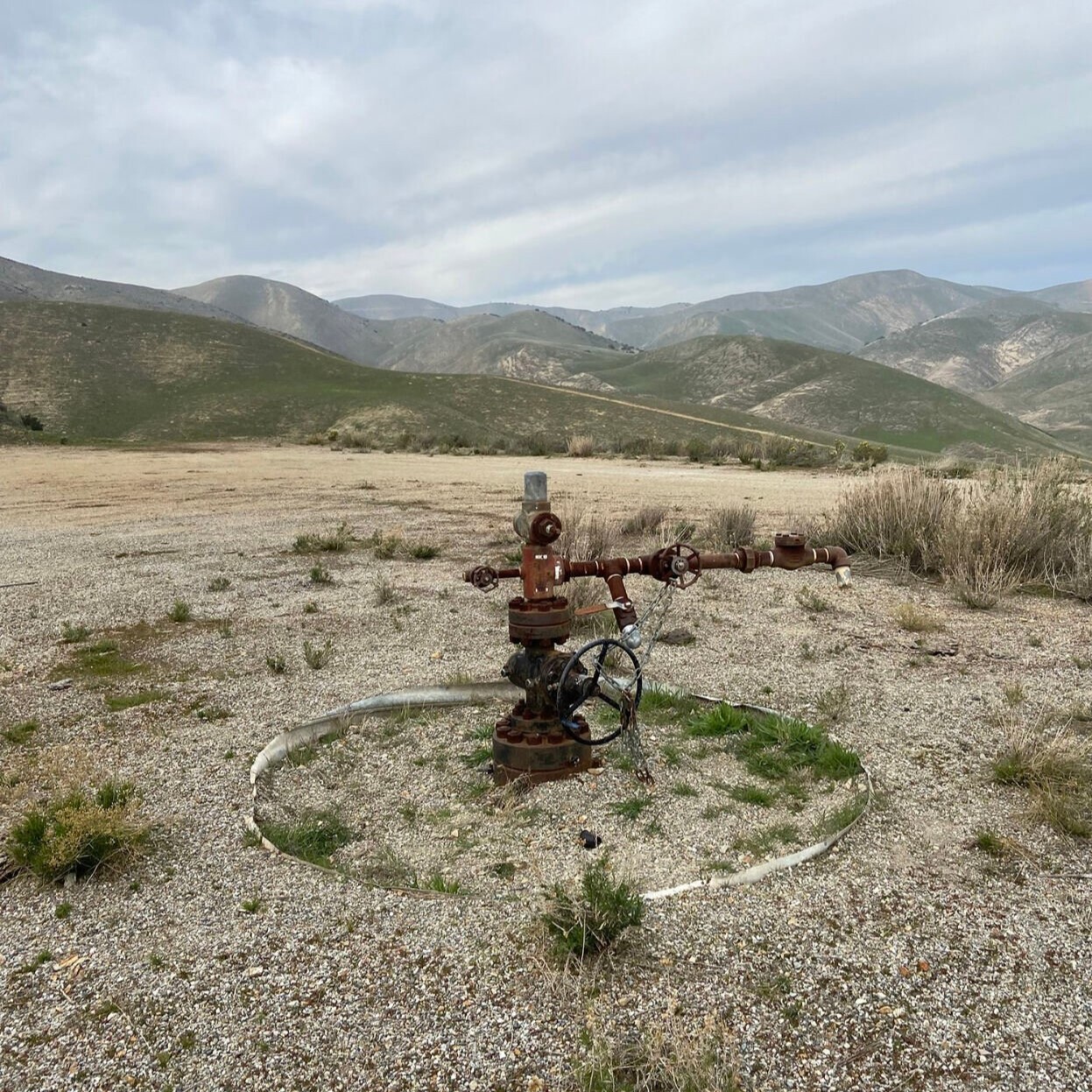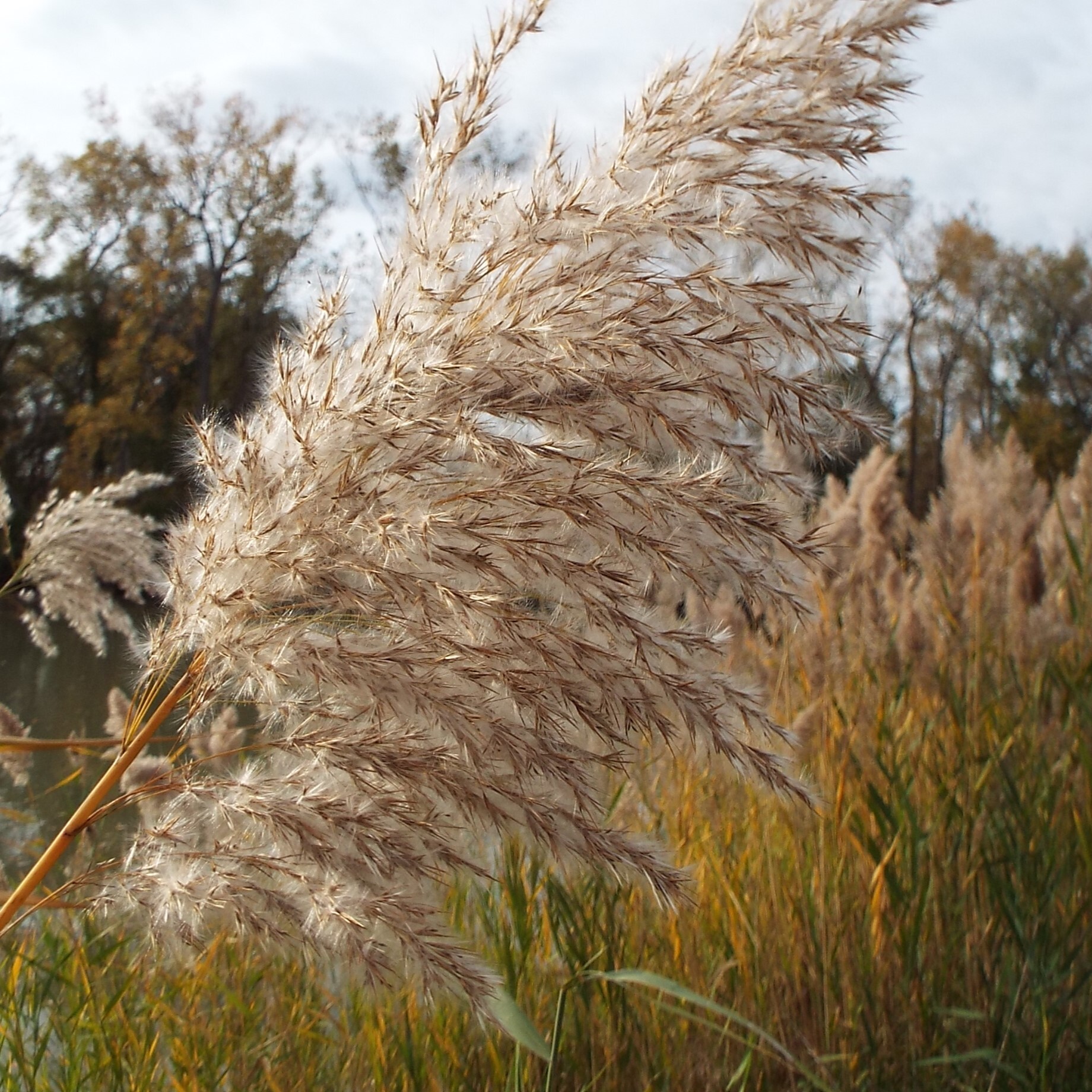Geonarratives
Geonarratives are web applications that combine interactive web maps with narrative text, images, and multimedia content.

Upper Colorado Three Lakes System
The Three Lakes System is a water network located within the upper basin of the Colorado River, near the west entrance of Rocky Mountain National Park, and includes Grand Lake, Shadow Mountain Reservoir, and Granby Reservoir. In October of 2020, the East Troublesome Fire burned through an area that largely encompassed the Three Lakes System, substantially impacting the water quality of the Willow Creek Reservoir. Significant investment from local, state, and federal partners allows for water quality monitoring in the area. This geonarrative reviews background on the Three Lakes System, Willow Creek Reservoir and impacts of the Troublesome Fire, and real-time water quality conditions.

Orphaned Oil and Gas Wells 101
Millions of Americans across the country live within just one mile of an orphaned oil and gas well. These legacy pollution sites are environmental hazards and jeopardize public health and safety by contaminating surface water and groundwater, emitting noxious gases like methane, littering the landscape with rusted and dangerous equipment, and harming wildlife. President Biden’s Bipartisan Infrastructure Law delivers the largest investment in tackling legacy pollution in American history. The information in this geonarrative provides answers to introductory questions people may have about one type of legacy pollution—orphaned wells—including why they exist, where they are located, the impacts they have on people and the environment, and what is being done to clean up these hazardous sites.

Phragmites Management and Variable Great Lakes Water Levels
Phragmites australis is a pervasive invasive species across North America and a particular problem in the Great Lakes basin. Land managers spend a great deal of time and resources controlling Phragmites basin-wide. Phragmites expansion across the basin has historically been heavily influenced by water levels. As water levels continue to fluctuate, managers may be able to exploit water levels to implement more effective management. Here, we aim to provide land managers, decision makers, and the public with a historical perspective on the influence of water levels on Phragmites expansion and to identify Phragmites populations best suited for management in high water.
You can view a longer list of USGS Geonarratives at the link below.
View More GeonarrativesWant to know more about Geonarratives?
For assistance with creating a USGS, National Park Service, or GeoPlatform VisID compliant geonarrative or hosting your page at geonarrative.usgs.gov, please contact WIM's hosting team at usgs-geonarrative-hosting@doimspp.onmicrosoft.com.
If you think you have a project that could benefit from a geonarrative, please don't hesitate to contact us with any questions or inquiries on our availability to assist.

